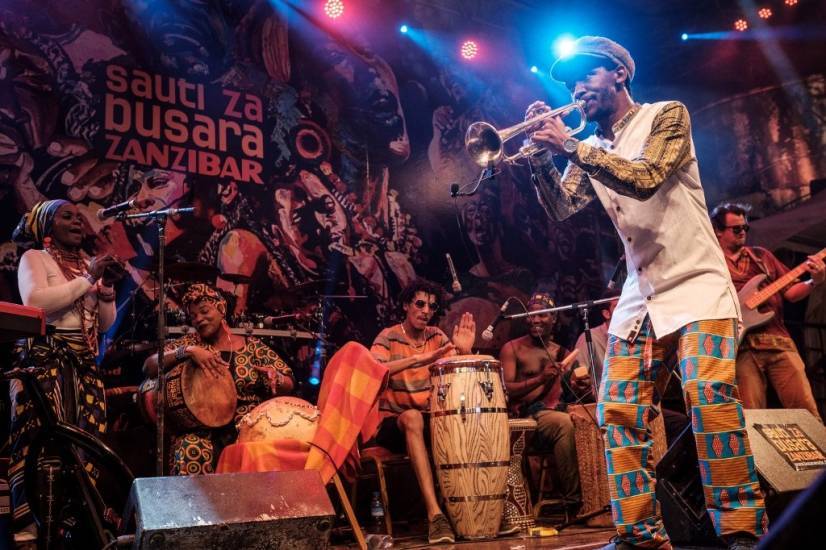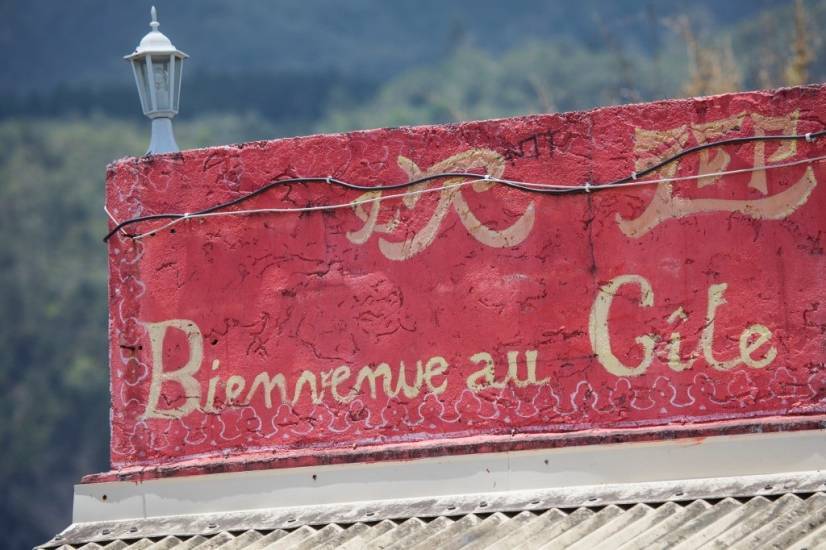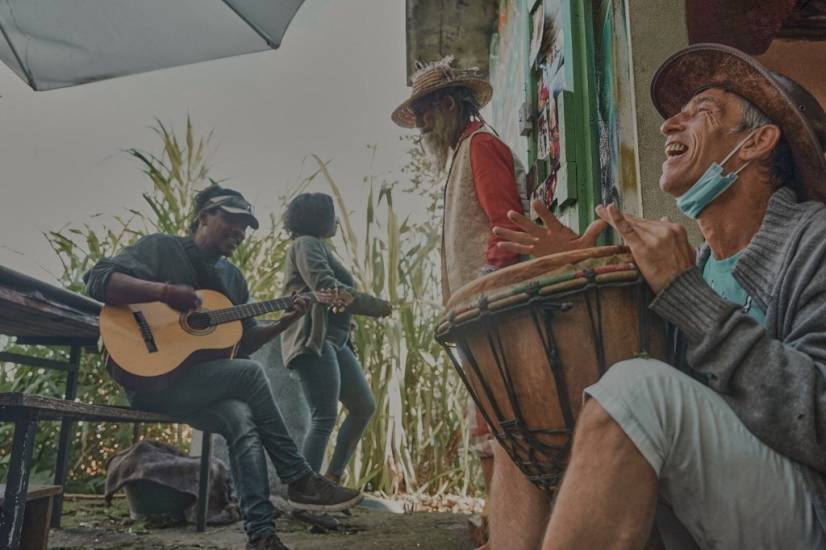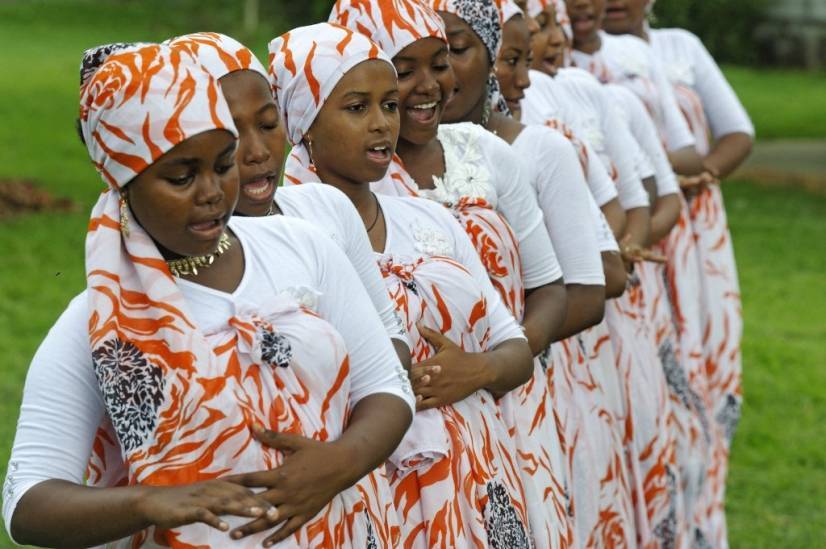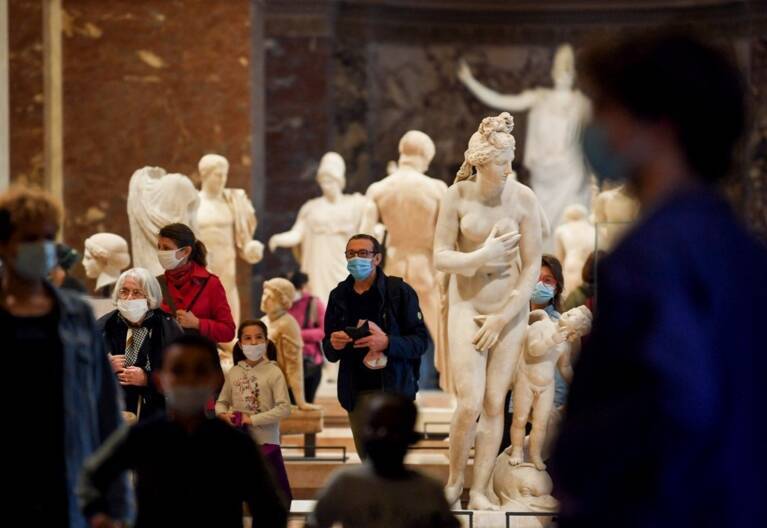With Mayotte and Réunion, the Department of Studies, Foresight, Statistics and Documentation of the Ministry of Culture is continuing its exploration of cultural practices in the French overseas territories.
Local cultures, including music and regional languages such as Creole, were endorsed in the 2021 survey by the Department of Studies, Foresight, Statistics and Documentation of the Ministry of Culture on cultural practices in Guadeloupe, Martinique and Guyana.
It is also a strong attachment to local cultures, especially regional languages, that emerges from the two new studies on cultural practices in the French overseas territories, which today lead us to meet two islands in the Indian Ocean: The Meeting and Mayotte. Deciphering with Amandine Louguet, their co-author with Maryse Dehon.
What are the cultural practices that bring the two islands together?
In these two ultra-marine territories, there is a very strong practice of local languages, it is one of the only common points, very strong certainly, between these two islands. These are indeed very different territories, first in terms of cultural expression, but also in terms of facilities. In Reunion, they bear witness to the anteriority of the presence of the French State. For the record, Mayotte has only been a French department since 2011.
How can we explain that local languages are so well established?
In Mayotte, a large part of the population is foreign. The shimaora, one of the two main languages spoken, is the common language that most resembles Comoros. It can therefore be assumed that people arriving from abroad go through a shimaora. Furthermore, this language, like the kibushi, the other main language of the island, is transmitted within the family. While there is an undeniable increase in French because of the establishment of schools, the shimaora and the kibushi the languages of everyday life. As for Reunion, because of a mode of family transmission, Creole is indeed very present.
There is a gap in cultural facilities, you say. Should this data not be correlated with the fact that 77% of Mahorais live below the poverty line?
A large majority of Mahorais are in a difficult socio-economic situation. If cultural policies are gradually being implemented, culture, for obvious reasons, does not appear to be a priority. Nevertheless, a number of cultural facilities are gradually being installed.
In Réunion, the problem is different: it is not a lack of cultural facilities that we see, it is rather a question of distribution of these facilities on the territory: these are concentrated around Saint-Denis, but also in the west, and the south of the island. In contrast, the centre of the region is less well-off. As a result, cinema or theatre-type practices are less intense than in the rest of the territory.
There is a very strong tropism of Reunionese for musical practices, especially concerts
In terms of cultural practices, what are the highlights for each of the two islands?
In Réunion, the omnipresence of Creole is reflected in other practices: we listen to music in Creole, we speak in Creole on a daily basis… In addition, the practices around television, radio and listening to music are quite similar to those observed in metropolitan France. On the question of reading, however, the results are slightly lower. The same applies to library attendance. Illiteracy in French is still relatively present in Réunion.
On the other hand, there is a very strong tropism of Reunionese for musical practices, especially concerts. This is also true in Mayotte. Listening to music is also an opportunity to get together. Great local artists tour the island and are extremely followed. Local practices around the fonnker, Reunion poetry, are particularly highly prized. Sociability is much stronger than in metropolitan France.
Let’s focus on television and film. When it comes to television, the generational divide is very clear. Young people, moreover, seem to particularly favour cinema.
Yes, indeed, but the truth is that, whether in metropolitan France or in other ultra-marine territories, there is a clear disapproval of young people for television, who turn to YouTube and social networks. The same is true for film, if young people go to see more films than their elders, this is a trend we see everywhere.
Disaffected for television but also for the print media…
The publication on information practices, which the Deps-doc will soon publish, confirms that young people are increasingly turning to social networks. At Reunion, among the 15-24 year-olds, it is the first news medium in front of television and radio. However, we must not neglect the issue of access to information. When you don’t know French in writing, you don’t necessarily turn to the paper media. Moreover, the local supply of written press in the ultra-marine territories is very different from what is observed in metropolitan France. Several factors combine and tend to explain these different informational practices.
The importance of social networks raises many questions, especially in terms of media literacy…
For the record, in Martinique, we presented the results to the Prefect and the State services. Data on information practices received particular attention. The share of Martinique people who inquire via social networks in the survey conducted in 2019-2020 is more important than what we see in metropolitan France. With our survey on informational practices, we wanted to deepen this topic in a study and research perspective, of course, but also to make factual information available to decision makers.
In terms of cultural practices, what are the main trends observed in Mayotte?
In Mayotte, we observe an amateur practice of singing, dance and theatre almost twice as important as in metropolitan France. This is mainly due to local traditions, such as the debaa. It is a practice that mixes dance, singing and theatre, with particular emphasis on women’s practices. There are groups within the villages, contests that are broadcast on television. This is something that is extremely monitored. In a symmetrical way, there are more masculine practices, especially on the occasion of weddings, the Chigoma.
There is also a particular theatre, mixing morals and small tales, very popular, especially in villages, where there is almost no cultural equipment. These practices take place in the square of a city, a village, on the occasion of a party. They manage to develop and are even relatively intense. The Mahorais are happy to talk about their culture. The gradual installation of the equipment will allow the population to benefit from it. However, the risk is that these local crops will lose their vigour. This is a point of vigilance.
The Mahorais are happy to talk about their culture, especially these specific forms combining singing, dance and theatre
Another significant finding revealed by your study is the importance of reading religious works. How do you analyze it?
It is a specificity of Mayotte. A significant proportion of the population reports having a religion, the first of which is the Muslim religion. This practice of the Muslim religion involves reading the Qur'an but also other religious books. This has a significant impact on the results of our reading survey.
The rate of practice of reading, which is more important than in Réunion or even in the West Indies, is thus explained in particular by the reading of religious books. This fact has particularly caught the attention of cultural actors in Mayotte. It shows that while a part of the population does not yet have access to reading in French, it does master another type of reading. The purpose of a survey like this is also to highlight specific local practices.
Cultural practices in La Réunion and Mayotte by Maryse Dehon and Amandine Louguet, Collection Culture études, two booklets of 16 p., Department of Studies, Foresight and Statistics, Ministry of Culture, July 2022


